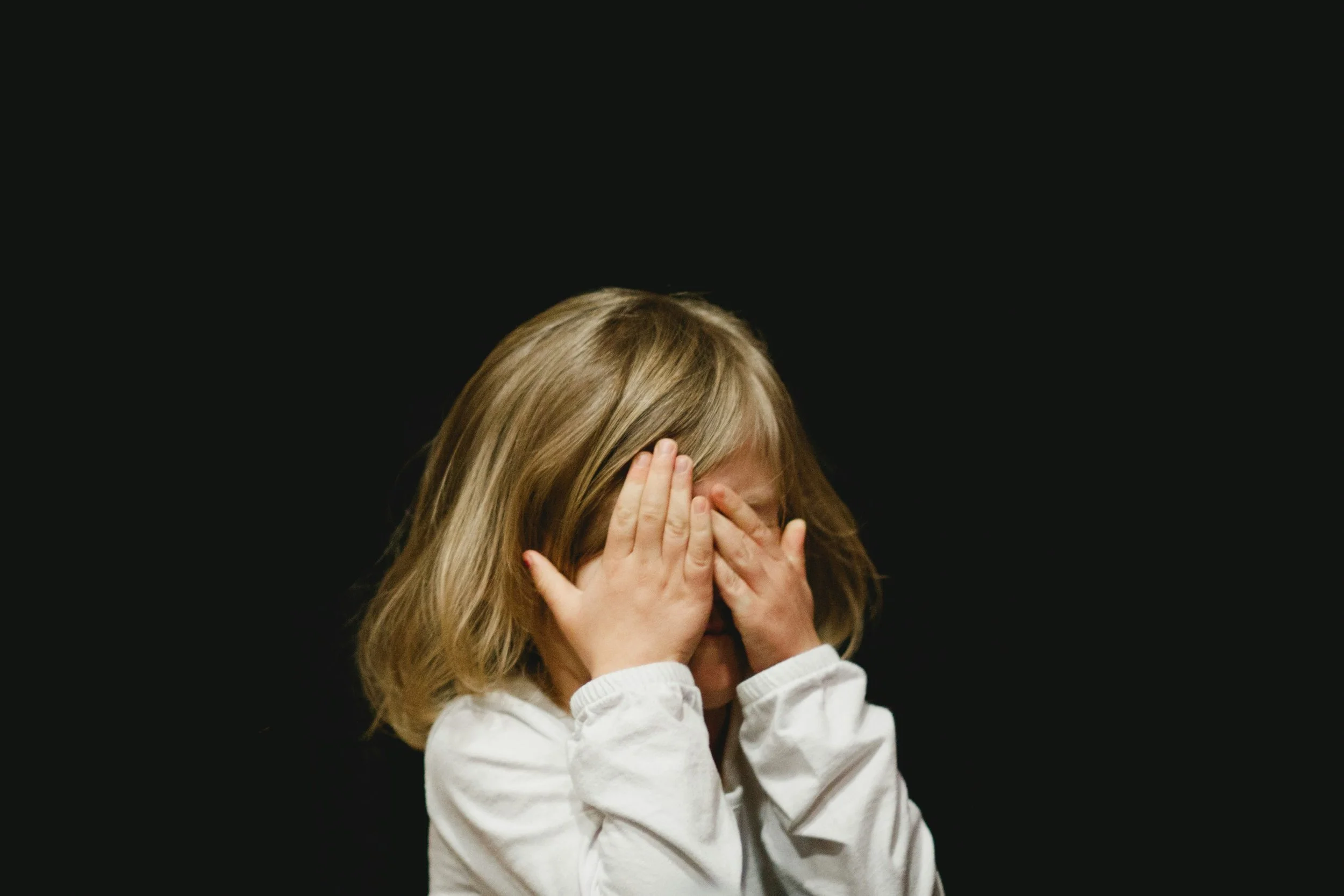Feeling Guilty?
How to know if it’s helping or hurting you
We all know that uneasy feeling in the pit of the stomach — the one that whispers, “You should’ve done more.” That’s guilt: the emotion that can both strengthen relationships and silently drain our well-being. At its best, guilt acts as a moral compass. It helps us reflect, repair, and realign with our values. But when left unchecked, it can morph into something heavier — a quiet, chronic self-blame that keeps us small and stuck.
Why Guilt Exists
Every emotion serves a purpose, complete with its own operating instructions designed to keep us alive and connected to our “tribe.” Guilt’s purpose is to alert us that we may have made a misstep — something that could threaten the integrity of our relationships. It pushes us to take responsibility and make amends. At its healthiest, guilt reflects empathy and fosters trust and cooperation.
But here’s the challenge: the “missteps” guilt flags aren’t always actual moral breaches. Sometimes, they’re simply moments when we’ve violated an unrealistic or unhealthy expectation.
Take, for example, a chronic people-pleaser who says yes to every request at the expense of their own time, sanity, and health. When they begin saying no to protect their well-being, guilt inevitably shows up. Have they done something wrong? Not at all — but it can feel that way.
Adaptive vs. Maladaptive Guilt
Adaptive guilt arises when we’ve acted against our own core values. When we acknowledge and repair the mistake, we feel more connected to ourselves and others. This form of guilt is grounded in integrity, empathy, and personal responsibility.
Maladaptive guilt, on the other hand, shows up when we’ve violated standards that belong to someone else — a parent, society, or culture — or when those standards are unrealistic or unhealthy. It’s often rooted in approval-seeking, perfectionism, or a desire for control.
The Guilt–Shame Distinction
Though they often travel together, guilt and shame are not the same:
Guilt says: “I did something bad.”
Shame says: “I am bad.”
When guilt lingers unresolved, it can slide into shame — where the focus shifts from what happened to who you are. That’s when guilt stops being instructive and starts being corrosive. The key is to hold yourself accountable without collapsing into self-condemnation. You can acknowledge a mistake and still hold your worth intact.
How to Work with Guilt — Instead of Against It
Name it clearly.
Ask yourself: Is this adaptive or maladaptive guilt?
Making this distinction helps separate genuine responsibility from the corrosive effects of misplaced guilt.If it’s adaptive:
Identify the value or principle you didn’t uphold. Outline your options for repairing the situation, carry out one of them, and observe how it impacts your emotions and relationships.If it’s maladaptive:
Ask where this standard comes from — upbringing, culture, religion, or broader social norms. Consider the pros and cons of maintaining it. Then see if you can revise it to align with what feels realistic and life-affirming for you.A Final Word on Self-Compassion
No matter what type of guilt you’re dealing with, self-compassion is essential. It’s not a “free pass” for wrongdoing — it’s a way of viewing guilt as part of the human experience, an invitation to reflect and reconnect with your own moral compass. The goal isn’t to silence guilt. It’s to let it speak with wisdom — not with a megaphone.
This post is for informational purposes only and should not be considered therapeutic advice or a replacement for individual therapy. For more information on locating a psychologist near you, please contact your family doctor, the Ontario Psychological Association, the Canadian Association for Cognitive Behavioural Therapy, or Psychology Today


